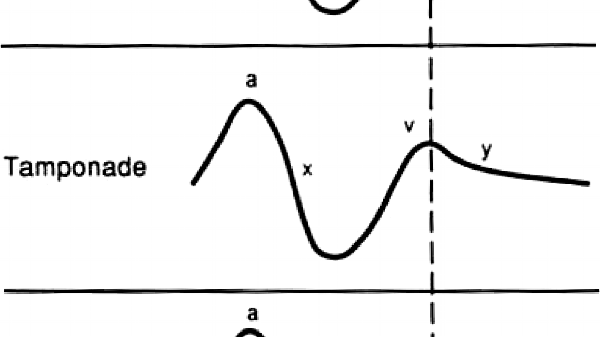Jugular venous pulse (JVP) waveforms a – Atrial contraction (RA) c – Closure and Curving of tricuspid valve into RA x – atrial relaXation v – Venous filling of right atrium (RA) y – atrial emptYing Distinguishing JVP from Internal carotid pulsation Mnemonic: POLICE Palpation: Non-palpable Occlussion: Readily occludable Location:…
Tag: Cardiovascular system
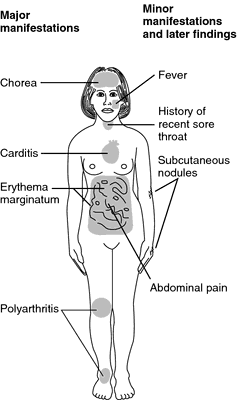
Revised Jone’s Criteria – Mnemonic
Remember SPACE LEAF for Revised Jone’s Criteria (2015). Major criteria Mnemonic: SPACE Subcutaneous nodules Pancarditis Arthritis (Polyarthritis; for moderate to high-risk population – monoarthritis also qualifies) Chorea Erythema marginatum Minor criteria Mnemonic: LEAF Long PR interval ESR ≥ 60mm/hr (or ≥ 30mm/hr in moderate to high-risk population) and CRP ≥…
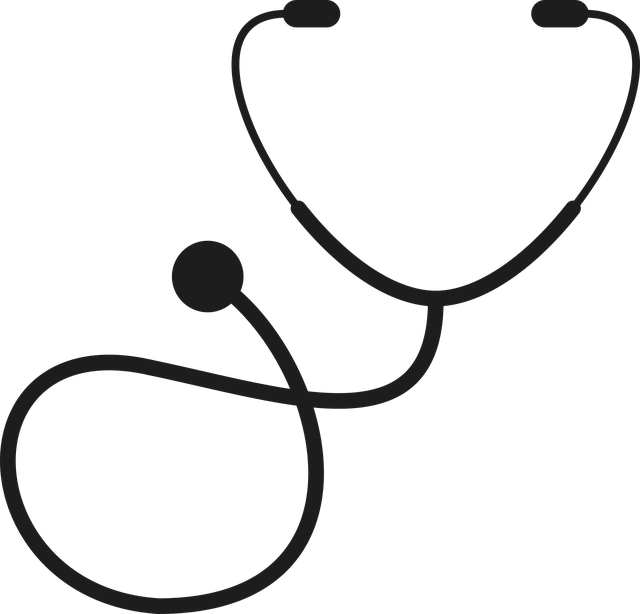
Murmurs Made Easy
Mnemonic: SSSS Stenotic lesion of Semilunar valve and Septal defect cause Systolic murmur. From this, you should also be able to remember that regurgitant lesions of semilunar valve causes Diastolic murmur. The stenotic lesions of atrio-ventricular valve causes diastolic murmur and regurgitant lesions cause systolic murmur. Causes of systolic murmur:…

Heart Sounds – Abnormal
The basic clinical examination of the Cardiac System is by Auscultation (listening to the sounds made by the heart). As explained in the previous article physiological sounds made in each cardiac cycle viz. S1 and S2 due to the closure of the Atrio-Ventricular Valves and Outlet Valve in synchrony. Please…
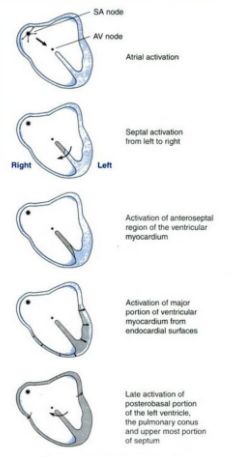
Physiology of Conducting System of Heart
Origin and Spread of Cardiac Impulse Mnemonic: SAIL MRS. SAVE APPS 1. SA node (generates impulse at highest rate, i.e. 70-80/min) 3 Internodal pathways: 2. AV node Bundle of His 3. Interventricular septum – Left 4. Midportion Right Septal activation Purkinje System 5. Septum (upper to lower) – purkinje system…
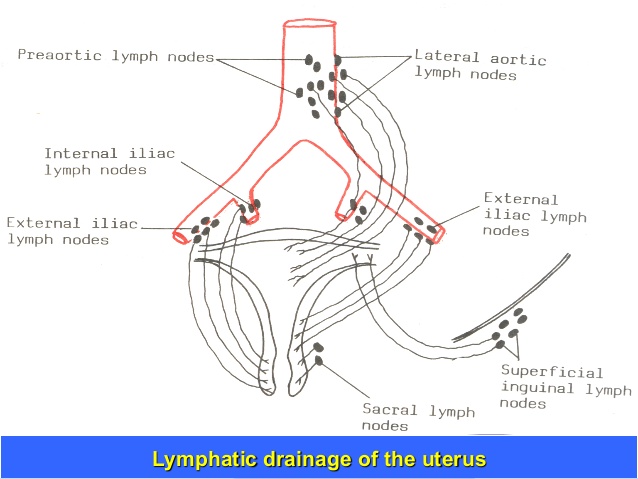
Lymphatic drainage of Uterus and Cervix : Mnemonic
Lymphatic drainage of the uterus is via the iliac, sacral, aortic and inguinal lymph nodes. Mnemonic: USA ME LIES 1. Upper portion: Superficial inguinal and Aortic Fundus and superior uterine body: Aortic (Pre- and Para-aortic) lymph node Cornu: Superficial inguinal lymph node 2. Middle portion (Uterine body): External iliac nodes 3. Lower…
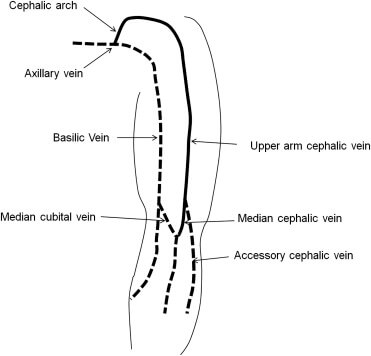
Superficial Veins of Forearm : Mnemonic
Origin: Dorsal venous network The 1st 2 letters of the word “biceps” that being the muscle with which the vein is in relation, will give a mnemonic aid to retain the relative position of the basilic and cephalic veins. (B.I., Basilic Internal) Basilic vein courses medially Cephalic vein course laterally…
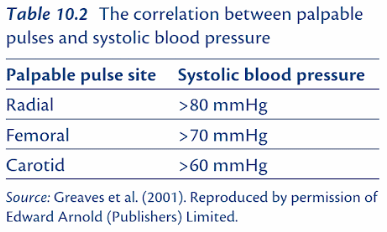
ATLS 80/70/60 Rule for Palpable Blood pressure
ATLS’ 80/70/60 rule On the basis of location of pulse palpable, minimum systolic blood pressure can be predicted as follows: Radial/Dorsalis pedis/Popliteal pulse: >80 mmHg Femoral pulse: >70 mmHg Carotid pulse: >60 mmHg Overestimation of SBP by Pulses Pulse characteristics are an unreliable sign and “should be used only as…
